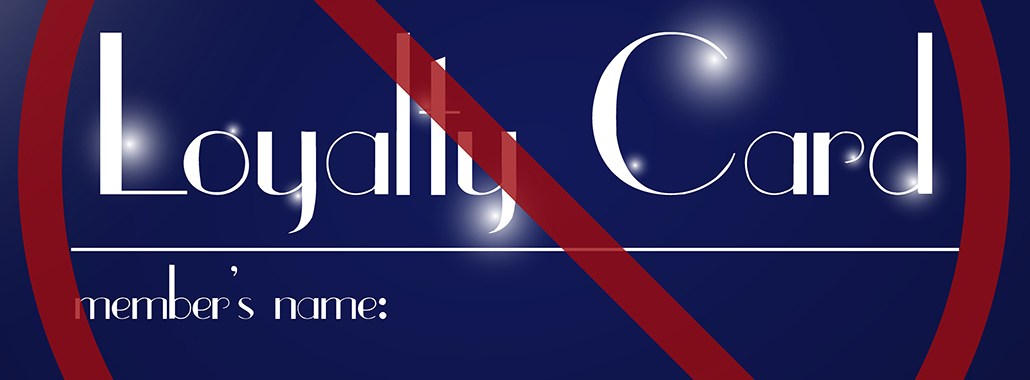
Nelson Freitas is chief strategy officer, Wunderman New York
To understand the problem with loyalty programs, your key chain can tell you everything you need to know. If it’s like most, it has five keys and 24 plastic loyalty cards. Those cards offer points, discounts or any of a range of confusing benefits. That said, four of them probably come from competing supermarkets. So much for loyalty.
Not surprisingly, most brand managers view loyalty programs as a necessary evil. Recently, a team from Wunderman and KBMG undertook a study to see how C-level executives felt about them, and the results were revealing.
Across the board, marketers felt the programs didn’t build brand loyalty or increase spending and only cater to the deal-seeking crowd, the least loyal customer segment. More than half feel they are ineffective; nearly half are dropping loyalty programs altogether.
In a healthy brand-consumer relationship, a brand doesn’t merely sell and a consumer doesn’t merely buy. They both better each other. They create a positive feedback loop where brands provide a range of utility both pre- and post-purchase. In return, customers buy products and services, while providing personal data that helps brands serve them better. This should be the new standard.
For example, Amazon reviews are terrifically helpful when you’re doing research. Nike activity trackers help you train better. In return for these useful services on a regular basis, the brands stay top of mind for their customers.
Of course, not every brand can be Nike or Amazon. But all have opportunities to provide utility and receive insight from customers. Here are a few:
Ad position: web_incontent_pos1
Anticipate more than personalize.
For years, we’ve done the personalization thing. You open an app and search for women’s separates, and the next time you open it up, voila, more women’s separates. Today, we have the data to anticipate and that’s where the magic is. Tesla knows you’ll get bored with your car after a few months. So why not upgrade the software to keep it fresh and fun? Understanding what someone needs before they realize it can have an extraordinary effect.
Open new worlds for each other.
Our participation in our customers’ lives can’t stop at the cash register anymore. We need to remain useful outside the purchasing cycle and give them things of real value. No, we can’t all be Nike, but we can do our own version of its apps.
Build a conversation founded on transparency.
Honesty is a two-way street. If brands want consumers to share their personal information and opinions, they must do the same. We should use social media not merely to sell stuff, but as a forum for dialogue and debate. I had a client that worried about opening a Twitter account because they feared complaints. Once opened, people did complain. But their customer service team turned those complaints to its advantage. It fielded questions and dispensed helpful information. That turned haters into advocates — and improved the relationship.
Create something bigger than the two of you.
Many people today want to be part of something bigger than themselves. And most brands have a natural extension into a community, movement or social cause. Brands have a natural megaphone that can rally people and make a difference. But few have embraced this in a full-throated way to push for change.
We all have opportunities to separate the inspiring concept of loyalty from the dreary reality of loyalty programs. We can build a positive feedback loop where brands and people can better each other on an ongoing basis. It’s not about providing a card that gives people two bucks off on salad dressing. It’s about becoming an agent of change that improves customers’ lives and the world around them.
More in Marketing

In the marketing world, anime is following in the footsteps of gaming
As marketers look to take advantage of anime’s entry into the zeitgeist, they might be wise to observe the parallels between the evolution of anime as a marketing channel and the ways brands have learned to better leverage gaming in recent years.

With the introduction of video ads and e-commerce, Roblox looks to attain platform status
Roblox is expanding into more areas than just ads in 2024. Much like platforms such as Amazon and Facebook have transcended their origins to evolve from their origins as online marketplaces and social media channels, Roblox is in the midst of a transformation into a platform for all elements of users’ virtual lives.

PepsiCo wants to remain a ‘driver of culture’ as it turns to influencers and activations amid rebrand
The soda-maker says it can translate cultural relevance into sales volume.
Ad position: web_bfu